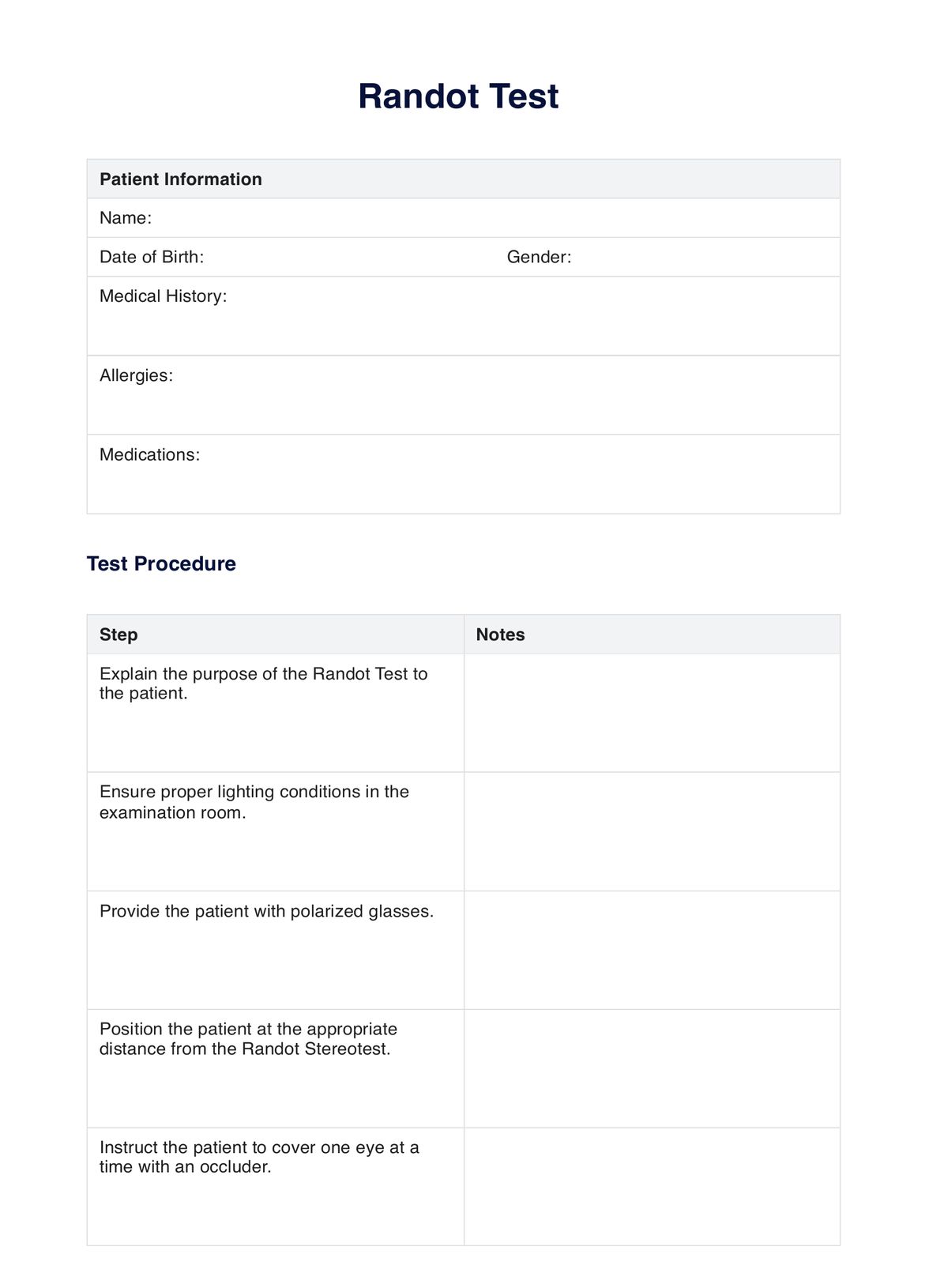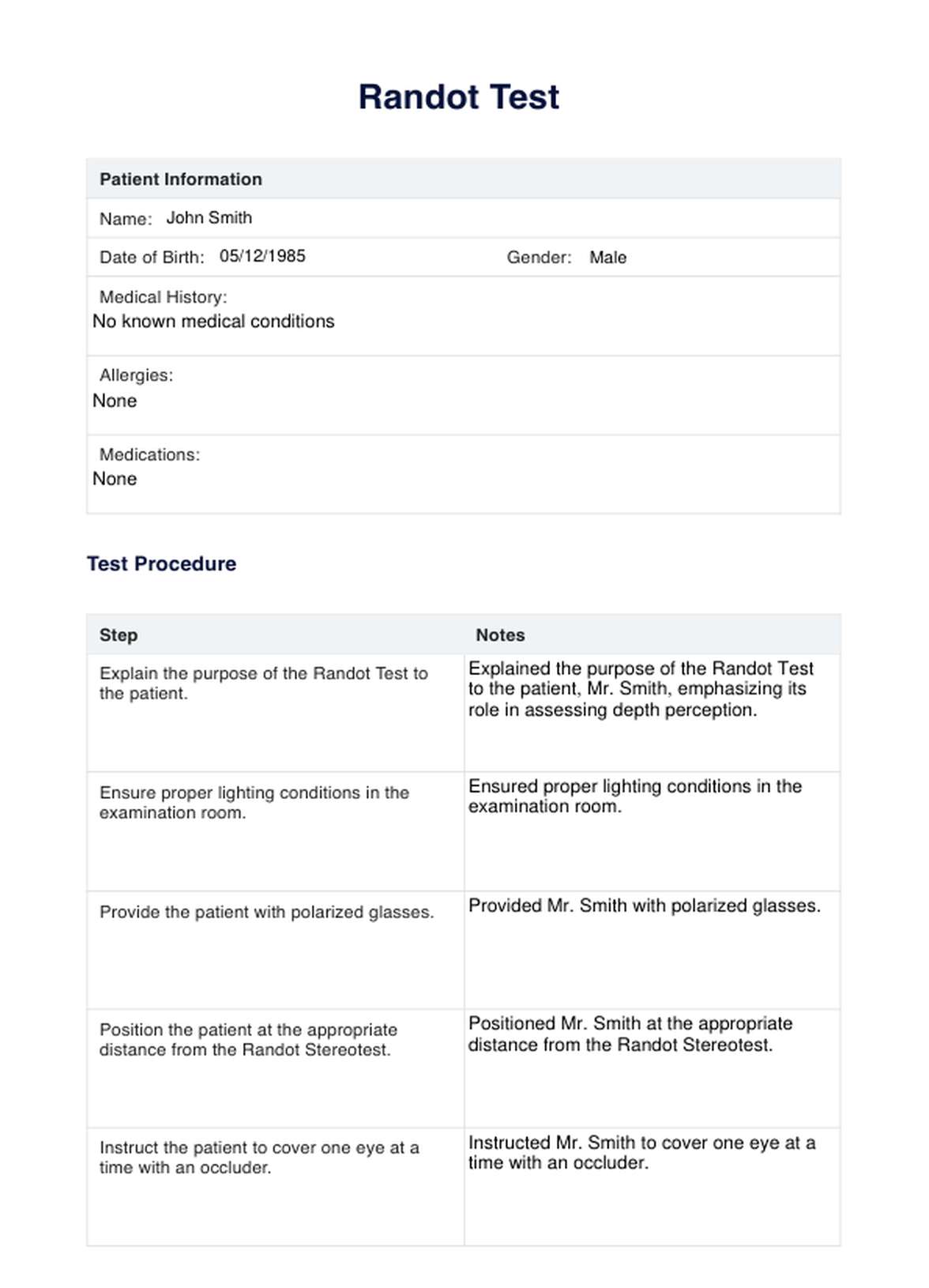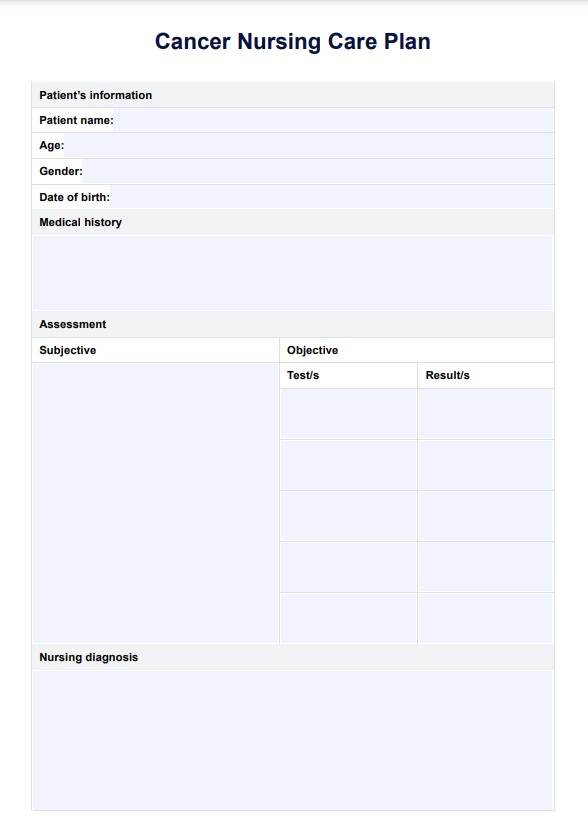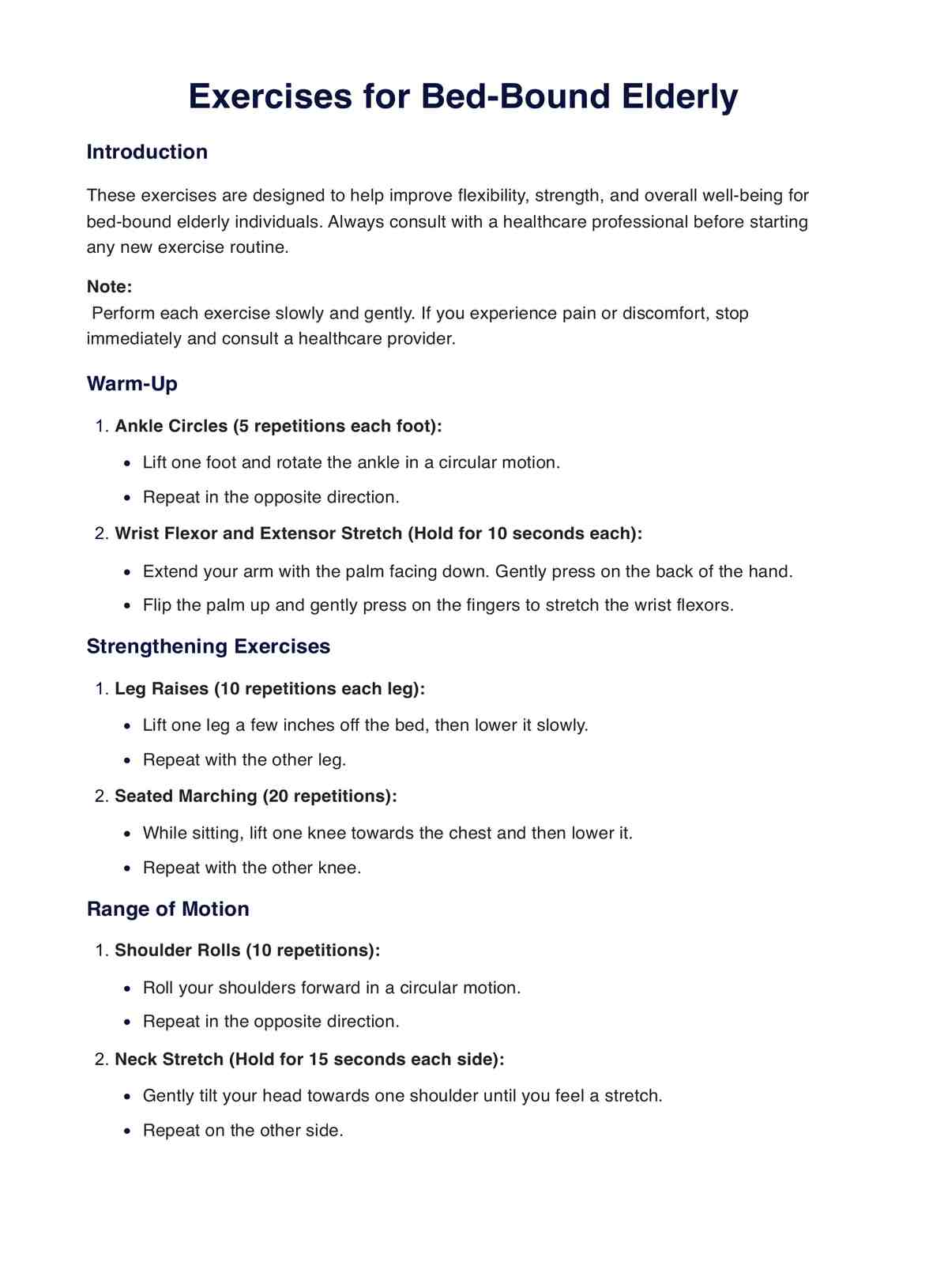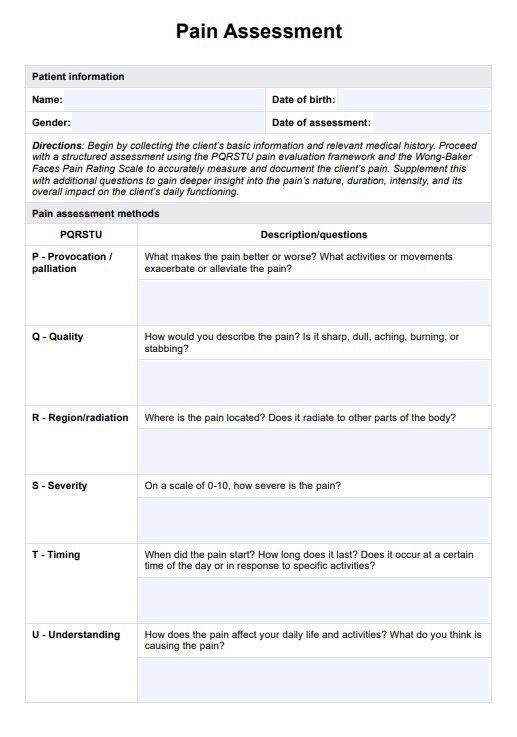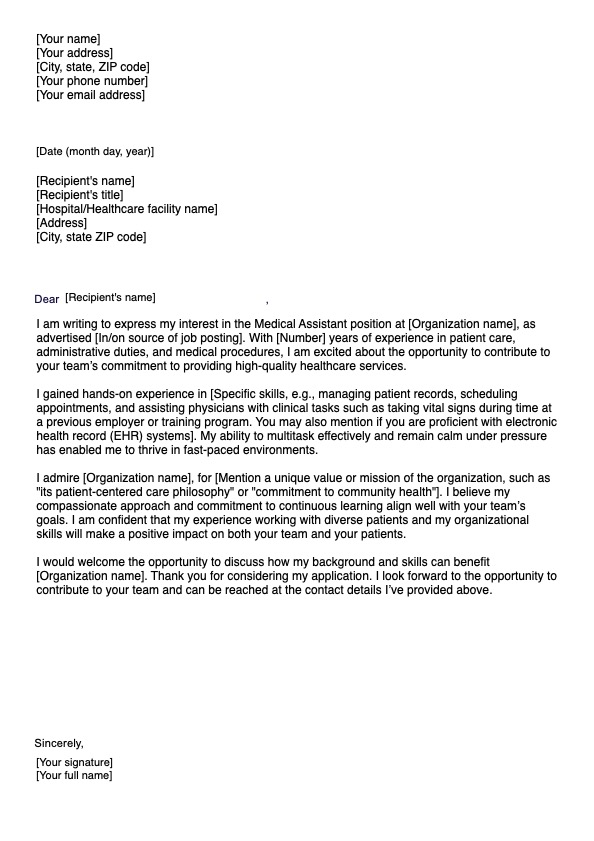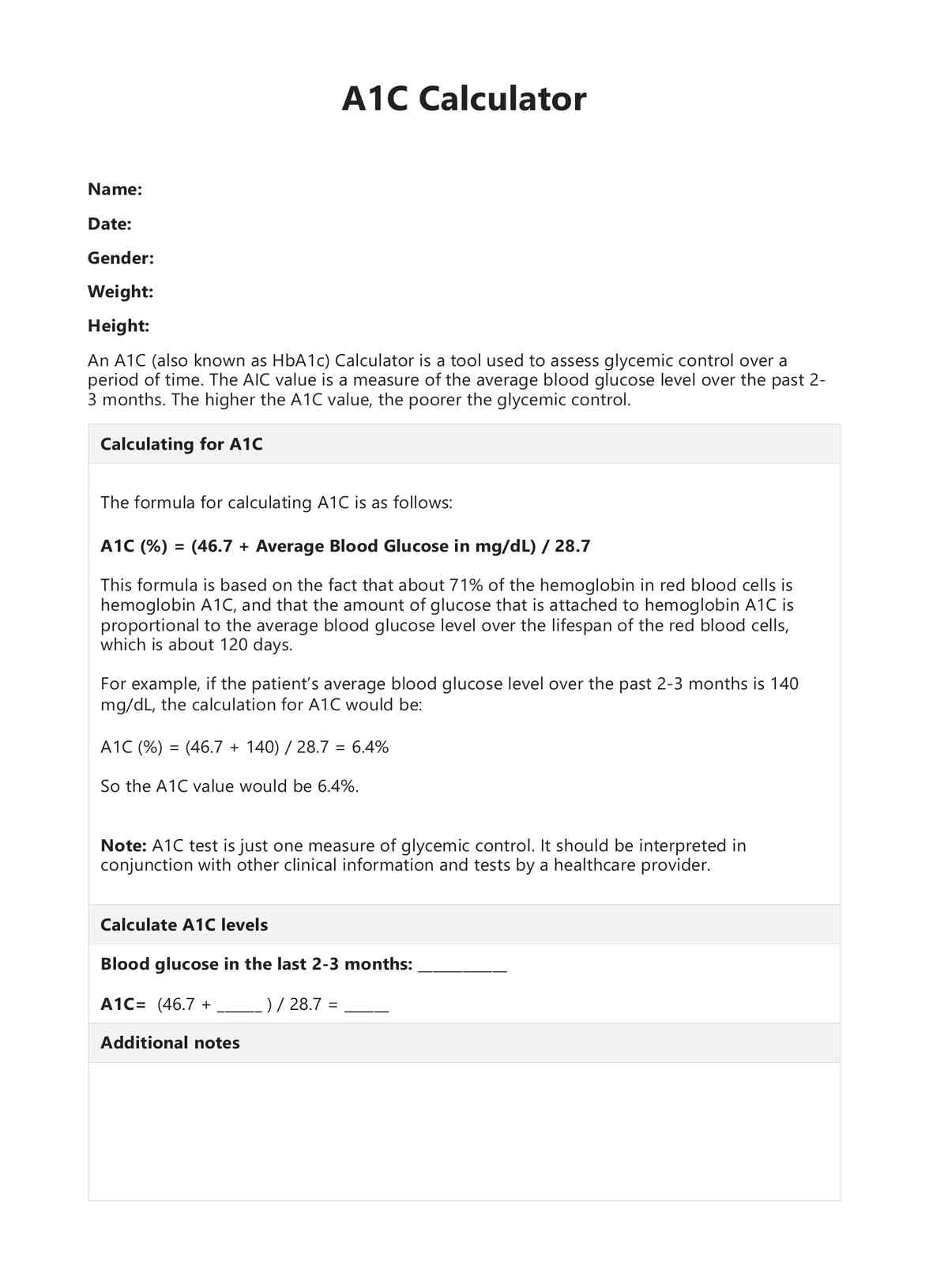Randot Test
Discover the Randot Test and understand how it evaluates stereopsis, suitable age groups, conditions diagnosed, accuracy, and alternatives.


What is the Randot Test?
The Randot Test is a comprehensive tool for evaluating stereo-depth perception in adults and pediatric patients. It assesses normal stereo vision along with depth perception abnormalities. Aimed explicitly at adult stereo testing, it also includes a portion designed for pediatric testing involving 400 graded circle tests and identifying six geometric shapes.
The pediatric portion incorporates an animal portion for pediatrics and testing, including an animal portion used to engage younger patients. During the animal portion of pediatric testing, participants are asked to identify six geometric shapes, including an arc, while evaluating their depth perception and normal stereo vision.
Randot Test Template
Randot Test Example
How does the Randot Test work?
The Randot Test presents images to the patient through specialized polarized glasses. These images are designed to stimulate binocular vision, which is the ability of both eyes to work together to perceive depth and three-dimensional space.
The test typically evaluates stereo depth perception, involving patients identifying shapes or patterns in different depths or planes. It also evaluates stereo depth perception. This is done by presenting slightly offsetting images between the test of the patient's perception and normal one's depth perception along with the normal one of left and right eyes, creating a binocular disparity. The brain then interprets this difference to perceive depth.
For example, in the Randot Stereoacuity Test, patients are asked to identify the orientation of geometric shapes (such as circles, squares, or stars) presented in random dot patterns at various depths during testing. The geometric shapes, during testing, are arranged such that they can only be correctly identified when the patient has sufficient depth perception to identify six geometric shapes.
The Randot Test also includes an animal portion that evaluates stereo-depth perception and an animal portion of a graded circle test, where patients are asked to identify circles of varying sizes and depths. This helps to assess and test the patient's stereo depth perception depth level accurately.
Randot Test suitable age group
The Randot Test is suitable for a comprehensive age range of adult patients, including pediatric and adult patients.
For adult testing, pediatric testing can be used with children as young as preschool age, typically around 3 to 4 years old, up to adolescence. The test is designed to engage younger patients by incorporating elements such as identifying geometric shapes and including an animal portion for pediatric use in animal testing, making it more interactive and appealing to children.
The Randot Test is also aimed at adult stereo testing and assessing stereo vision in individuals of all ages, from young adults to older people. It is beneficial for evaluating depth perception abnormalities in and aimed for adult stereo testing and assessing stereo vision disorders in adult patients.
How long does it take to administer the Randot Test?
The duration of administering the Randot Test portion for pediatric and adult testing can vary depending on factors such as the specific components of the test being used portion for pediatric testing, the portion for pediatric testing, the patient's familiarity with the testing process, the portion for pediatric testing, and the patient's ability to respond accurately.
On average, the Randot Test typically takes around 10 to 20 minutes to administer. This timeframe includes the time needed for instructions, familiarization with the testing apparatus (such as wearing the polarized glasses), and completion of the test tasks.
For pediatric and adult patients, however, the testing process may take slightly longer due to potential factors such as attention span, cooperation, and the need for additional guidance from the test, test the patient depth, and the examiner to ensure accurate responses.
In some cases, further assessment or additional tests may be recommended based on the results of the initial Randot Test, which could extend the overall testing time.
Conditions or disorders Randot Test diagnose or monitor
The Randot Test is primarily used to diagnose and monitor stereo vision, patient depth perception, and conditions. Some of the conditions or disorders of patient depth perception and patient depth perception along with regular or stereo vision that the test can help diagnose or monitor include:
- Amblyopia (lazy eye): Amblyopia is a condition where one eye has reduced vision compared to the other, often leading to depth perception issues. The Randot Test can help assess the degree of stereo vision impairment associated with amblyopia.
- Strabismus (crossed eyes): Strabismus is a condition where the eyes are misaligned and do not point in the same direction. The test can assess the impact of strabismus on binocular vision and depth perception.
- Binocular vision disorders: Binocular vision disorders occur when the eyes have difficulty working together, leading to problems with depth perception and stereopsis. The test can help identify and quantify the severity of these disorders.
- Stereo vision disorders: Disorders that affect stereo vision, such as those caused by neurological conditions or eye injuries, can be evaluated using the Randot Test.
- Vision rehabilitation: The test may also monitor progress during vision therapy or rehabilitation programs to improve binocular vision and depth perception.
- Pre-surgical assessment: Before certain eye surgeries, such as strabismus surgery, the test can assess the patient's binocular vision and depth perception to help guide treatment planning.
- Post-surgical monitoring: After eye surgeries or interventions to improve binocular vision, the Randot Test can monitor changes in stereo vision and depth perception over time.
Can the Randot Test be used for individuals with visual impairments?
The Randot Test, like many vision tests, may not be suitable for individuals with significant visual impairments. This is because the test relies on the ability to perceive and differentiate between visual stimuli presented in different depths and planes and the more normal stereo vision, often requiring a certain level of visual acuity, binocular and patient depth perception, and normal stereo and regular vision.
However, for individuals with mild to moderate visual impairments who still retain some level of visual function and binocular vision, adaptations to the Randot Test may be possible. This could include using larger or higher contrast stimuli, adjusting the testing distance, or providing additional verbal instructions or assistance from the examiner.
It's essential for healthcare professionals administering the test to consider each patient's specific needs and capabilities. In cases where the Randot Test may not be suitable or feasible, alternative methods for assessing binocular vision and depth perception may be explored, such as clinical observations, functional vision assessments, or specialized testing procedures designed for individuals with visual impairments.
How accurate is the Randot Test in assessing stereopsis?
The accuracy of the Randot Test in assessing stereopsis, or depth perception, is generally considered high when administered correctly by trained professionals. However, its accuracy can be influenced by several factors, including the specific version of the test being used, the age and cognitive abilities of the test, the own patient depth perception of the adult testing the patient, and the testing conditions.
- Test version: There are different versions of the Randot Test, such as the Randot Stereotest, Randot Preschool Stereotest, and Randot Graded Circle Test, each with its own set of procedures and stimuli. Some versions may be more suitable for specific age groups or clinical purposes than others.
- Patient factors: Age, cognitive development, and visual acuity can affect a patient's ability to perform accurately on the test. For example, younger children or individuals with certain developmental disorders may have difficulty understanding the test instructions or correctly identifying stereoscopic images.
- Testing conditions: The accuracy of the test can also be influenced by testing conditions such as lighting, background contrast, and the examiner's instructions. Consistency in testing conditions is essential to ensure reliable results.
- Interpretation: The interpretation of test results requires skill and experience on the part of the examiner. Minor discrepancies in performance or subjective judgments about the quality of stereopsis can affect the overall assessment.
Comparing alternative methods to the Randot Test
Alternative methods to the Randot Test for assessing stereopsis and depth perception include:
- Titmus stereotest: Similar to the Randot Test, the Titmus Stereotest utilizes polarized glasses and stereoscopic images to evaluate depth perception. It presents graded circles and complex images to assess stereo acuity.
- Lang stereotest: The Lang Stereotest consists of simple shapes in random dot patterns. It is commonly used for screening stereovision in children and adults and is particularly useful in clinical settings with limited resources.
- TNO stereotest: The TNO Stereotest utilizes red-green anaglyph glasses and plates with contour lines to assess stereo acuity. It is often used in clinical and research settings and provides detailed results across various stereo-acuity levels.
- Synoptophore: A synoptophore is an instrument eye care professionals use to assess binocular vision, including stereo acuity and fusion ability. It allows for dynamic testing and can be particularly useful in diagnosing and treating strabismus and amblyopia.
- Random dot stereogram: Random dot stereograms present two images with slight disparities that create a depth perception when viewed through a stereoscope or free fusion. They are commonly used in research settings and can provide detailed information about stereo acuity.
- 3D displays and virtual reality: Modern technologies like 3D displays and virtual reality systems offer new methods for assessing stereopsis in controlled environments. These systems can present dynamic stimuli and simulate real-world depth cues, making them valuable tools for research and clinical applications.
- Clinical observation and functional vision assessments: In some cases, stereopsis and depth perception can be assessed through clinical observation and functional vision assessments, particularly in individuals with severe visual or cognitive impairments that may limit their ability to perform traditional stereo tests.
Why use Carepatron as your optometry software?
Elevate your optometry practice with Carepatron, the leading software solution to revolutionize your operations. Our comprehensive practice management system streamlines patient data management, medical records, appointments, and online payments, enhancing efficiency and reducing errors.
Rest assured, we prioritize security and compliance, ensuring HIPAA compliance and robust encryption to safeguard sensitive patient information. Manage your practice's finances effortlessly with our financial management tools, streamlining medical billing processes and improving overall financial health.
Access patient records anytime, anywhere with our cloud-based electronic health record (EHR) system, enabling seamless collaboration among team members and remote work options. Integrate telehealth services seamlessly for virtual consultations, expanding reach and convenience for patients.
Enjoy competitive pricing without compromising on quality or functionality, and tailor the platform to fit your unique practice requirements with customizable features. Whether you're a small or large practice, we accommodate growth effortlessly, ensuring scalability and adaptability.
Join a vibrant community of practitioners to collaborate on building valuable resources and tools, benefiting from knowledge sharing and engagement. Experience the future of optometry practice management with Carepatron, taking your practice to new heights while providing exceptional patient care.

Commonly asked questions
The Randot Test assesses normal stereo vision and depth perception and diagnoses conditions like amblyopia, strabismus, and binocular vision disorders.
The normal range for the Randot stereo test typically falls between 40 and 100 seconds of arc, indicating good stereoscopic vision.
The TNO random dot test is used to assess stereo understanding, particularly in adult patients with amblyopia or strabismus, by presenting random dot stereograms with varying disparities.


